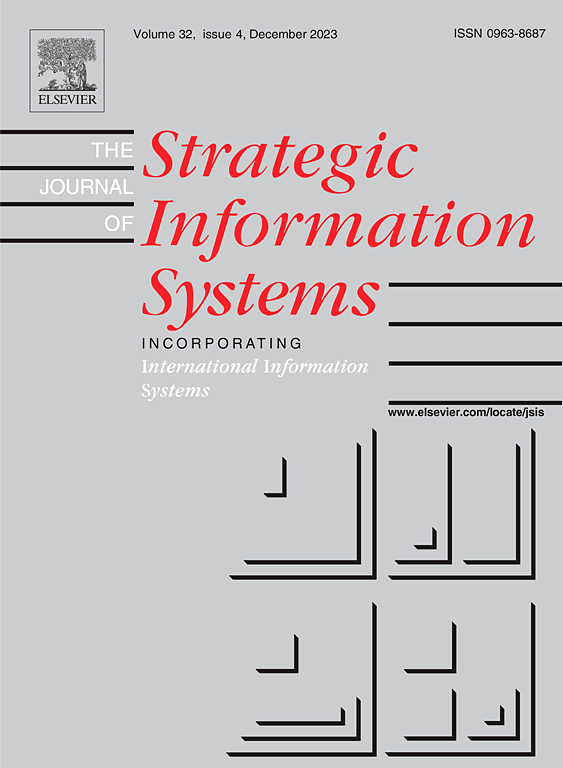高阶数值范围的凸代数几何
IF 1.1
4区 数学
Q4 COMPUTER SCIENCE, THEORY & METHODS
引用次数: 0
摘要
高阶数值范围是对经典复方阵数值范围的凸紧集的推广,最早出现在量子误差校正的研究中。我们将讨论这些集合的一些实代数和凸几何,包括Kippenhahn定理的推广,并描述一种显式计算给定矩阵的高阶数值范围的算法。本文章由计算机程序翻译,如有差异,请以英文原文为准。
The convex algebraic geometry of higher-rank numerical ranges
The higher-rank numerical range is a convex compact set generalizing the classical numerical range of a square complex matrix, first appearing in the study of quantum error correction. We will discuss some of the real algebraic and convex geometry of these sets, including a generalization of Kippenhahn's theorem, and describe an algorithm to explicitly calculate the higher-rank numerical range of a given matrix.
求助全文
通过发布文献求助,成功后即可免费获取论文全文。
去求助
来源期刊

Journal of Symbolic Computation
工程技术-计算机:理论方法
CiteScore
2.10
自引率
14.30%
发文量
75
审稿时长
142 days
期刊介绍:
An international journal, the Journal of Symbolic Computation, founded by Bruno Buchberger in 1985, is directed to mathematicians and computer scientists who have a particular interest in symbolic computation. The journal provides a forum for research in the algorithmic treatment of all types of symbolic objects: objects in formal languages (terms, formulas, programs); algebraic objects (elements in basic number domains, polynomials, residue classes, etc.); and geometrical objects.
It is the explicit goal of the journal to promote the integration of symbolic computation by establishing one common avenue of communication for researchers working in the different subareas. It is also important that the algorithmic achievements of these areas should be made available to the human problem-solver in integrated software systems for symbolic computation. To help this integration, the journal publishes invited tutorial surveys as well as Applications Letters and System Descriptions.
 求助内容:
求助内容: 应助结果提醒方式:
应助结果提醒方式:


